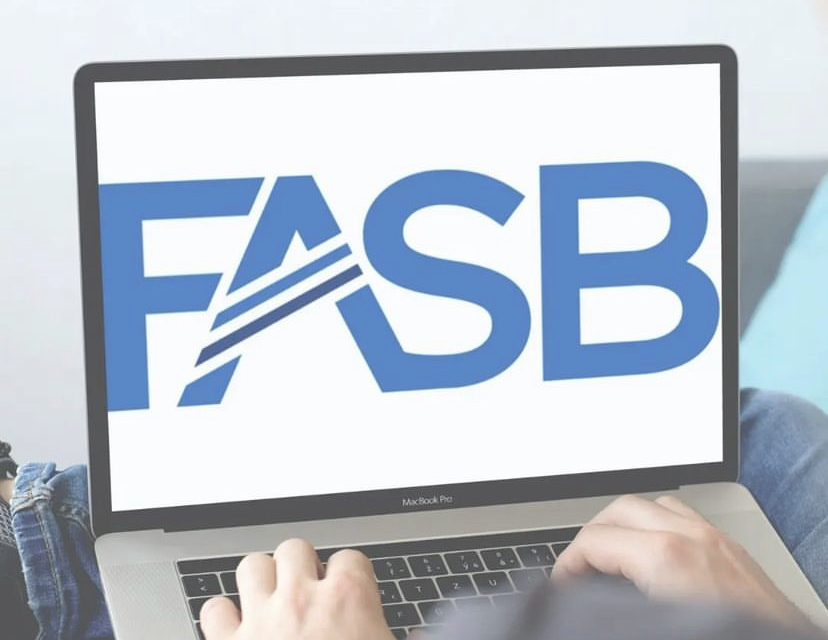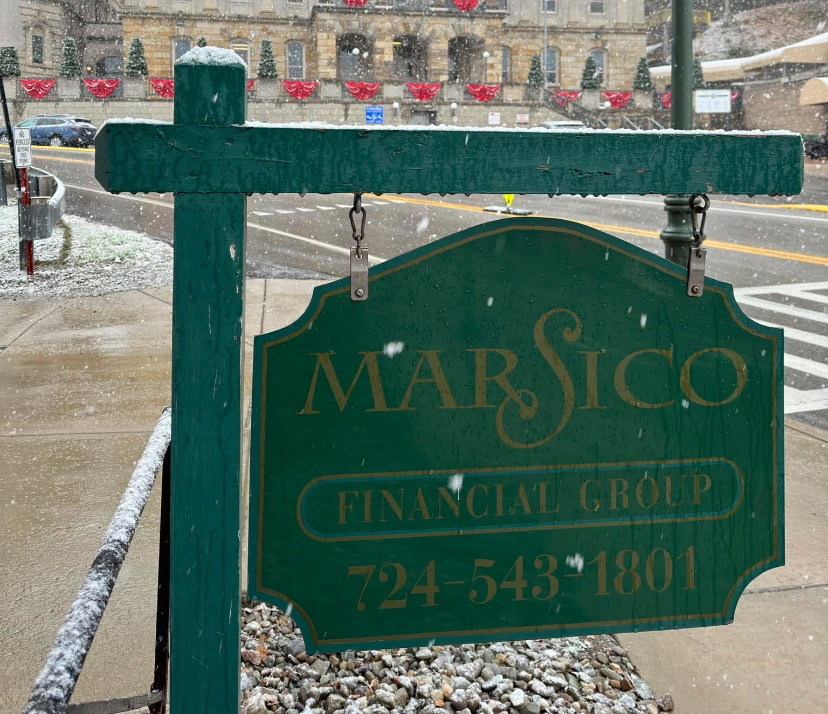Fraud, initial public offerings—especially those involving special-purpose acquisition companies (SPACs)—and auditor independence are among the things piquing the interest of inspectors at the Public Company Accounting Oversight Board (PCAOB) during their reviews of public company and broker-dealer audits this year.
Each year the PCAOB gives audit firms, investors, and public companies a heads up on what areas of the audit inspectors will be placing a greater emphasis on during its upcoming inspection cycle, in the hopes of improving audit quality.
As shown in the most recent batch of audit inspection reports for 2020 that the PCAOB released last November, the Big Four firms have started paying attention to what the regulator has included in its cheat sheet. PwC had an all-time low Big Four audit deficiency rate of 1.9% (one audit botched out of 52 inspected), while Deloitte, EY, and KPMG made less errors than the previous year’s inspections.
The PCAOB has yet to release firms’ inspections reports for 2021.
In its Staff Overview for Planned 2022 Inspections, the PCAOB highlighted its inspection plan for this year:
- Increased initial public offerings (IPOs) and merger and acquisition (M&A) activities, including transactions with SPACs;
- Widespread disruption in supply chains;
- Continued negative effects of the COVID-19 pandemic, especially in high-risk industries;
- Increased volatility in financial and commodity markets due to fluctuations in interest rates and inflationary trends; and
- Audit firm-wide risks, such as the heightened degree of staff turnover and risks arising from auditing in a remote environment, including the risk that auditors will not identify misstatements that could be material.
Among that inspection plan are several areas inspectors will be eyeing closely this year:
1. Fraud: An emphasis will be placed on audit procedures addressing the risks of material misstatement, including the risk of fraud at companies due to the accounting complexities, significant judgments, and changes involved in audits of financial statements and internal controls.
In addition, the PCAOB will select audits of issuers in the banking, energy, and information technology industries particularly because they pose a higher audit risk due to the complexity and judgmental nature of the financial statement accounts and related internal controls, according to the PCAOB. For example:
[A]ssets and liabilities of public companies in these industries, such as allowance for loan losses and contingencies, may involve subjective assumptions and measurement uncertainty.
Finally, inspectors will evaluate the auditor’s assessment of fraud risk when planning and performing the audit, including whether:
- The auditors performed an assessment of whether the company’s controls sufficiently prevent, deter, detect, and mitigate the identified risks of fraud, including the risk of management override;
- Any deficiencies identified in the company’s controls were reviewed to determine if the control deficiency was indicative of a fraud risk factor; and
- Procedures were performed to address the identified fraud risk and any other fraud-related matters (such as matters identified through fraud inquiries) for the audit of the financial statements and internal controls.
2. IPOs and M&A activity: In its inspections overview, the PCAOB noted the increased levels of financing activities since 2020 through IPOs—in both traditional and SPAC formats. A SPAC is a company without commercial operations that is formed to raise capital through an IPO or the purpose of acquiring or merging with an existing company.
Of the 1,046 companies that went public last year, 612 did so via SPAC, 427 via traditional IPO, and seven via direct listing, according to research firm Audit Analytics. In the first quarter of this year, there were 84 IPOs—54 of those companies went public using a SPAC.
For SPAC and de-SPAC (the merger of the formed SPAC with the entity they plan to acquire) transactions, PCAOB inspectors will focus on areas that address the auditor’s work on the following:
- Valuation of financial instruments using complex valuation models;
- The determination of whether a business combination should be accounted for as a reverse merger;
- Internal control over financial reporting;
- Financial statement presentation and disclosures; and
- Restatements related to warrants or other issues.
3. Audit firms’ execution challenges: Public accounting firms are currently experiencing difficulties in attracting and retaining skilled auditors. If new hires do not receive the right training and supervision, it will negatively impact audit quality, the PCAOB stressed.
According to the staff publication, inspectors will:
- Review policies and procedures the firms have implemented to assign professionals with appropriate qualifications to audit engagements;
- Evaluate whether firms are modifying the nature and extent of their supervision and review procedures appropriately; and
- Plan to select engagements where the lead engagement partner is new to the engagement, including those resulting from partner turnover and/or unplanned partner rotations.
4. Considerations specific to audits of brokers and dealers: One priority for inspectors will be examining how auditors address the industry-specific risk of misappropriation of customer assets at the broker-dealers who file compliance reports, the PCAOB stated. These broker-dealers hold customer funds, maintain control over the custody of customer securities, and provide account statements to customers.
Another is how auditors assess risks associated with compliance with the financial responsibility rules and internal control over compliance. Inspectors also will assess how auditors have addressed the risk of fraud at smaller broker-dealers.
5. Independence: This is a priority for PCAOB inspectors every year—that auditors are required to be independent of their audit clients, both in fact and in appearance. And every year inspectors still find a high rate of audit deficiencies regarding independence.
The PCAOB noted that the high levels of IPO and M&A activity, including transactions with SPACs, last year led to an increased risk that auditors may not be independent. For example:
[A]n auditor may have provided non-audit services to a client prior to it becoming a public company and had to reassess their independence under PCAOB and SEC rules.
So here is what inspectors are going to be looking for this year regarding auditor independence:
- Analyzing the audit firm’s assessment of and threats to independence, including the emergence of relationships that present threats to objectivity and impartiality, and audit firm-identified violations of independence rules for possible quality control concerns;
- Evaluating compliance with the independence rules for significant non-audit services, and their preapproval, where permissible, including PCAOB Rule 3524, Audit Committee Pre-approval of Certain Tax Services;
- Reviewing audit firms’ communications with audit committees concerning independence (PCAOB Rule 3526, Communications with Audit Committees Concerning Independence);
- Reviewing the audit firms’ responses to quality control concerns in past inspections (such as high rates of exceptions noted by the audit firms’ personal independence compliance testing); and
- Increasing attention on evaluating an audit firm’s independence with respect to the sale and delivery of non-audit services.
In addition to these five areas, inspectors will be focused on the use of service providers in the confirmation process, critical audit matters, audit areas with continued deficiencies (such as revenue recognition and related risk assessment; allowance for loan losses and other accounting estimates; and internal control over financial reporting, particularly controls with a review element), firms’ quality control systems, and technology.
Thanks for reading CPA Practice Advisor!
Subscribe Already registered? Log In
Need more information? Read the FAQs
Tags: Accounting, Auditing, PCAOB
![2020-pcaob-logo-2750x900[1]](https://www.cpapracticeadvisor.com/wp-content/uploads/2022/06/2020_pcaob_logo_2750x900_1_.62b353c84ae8c.png)



